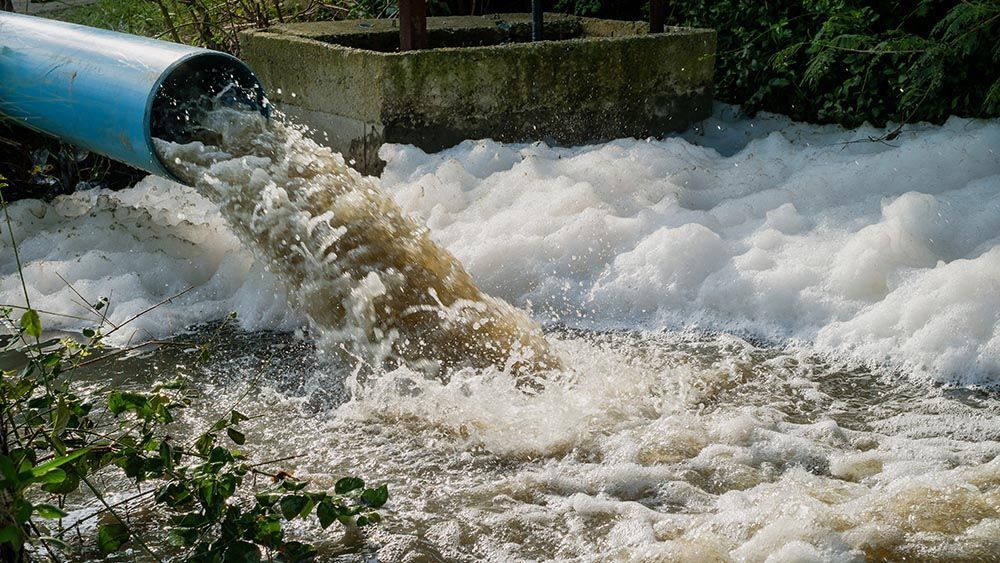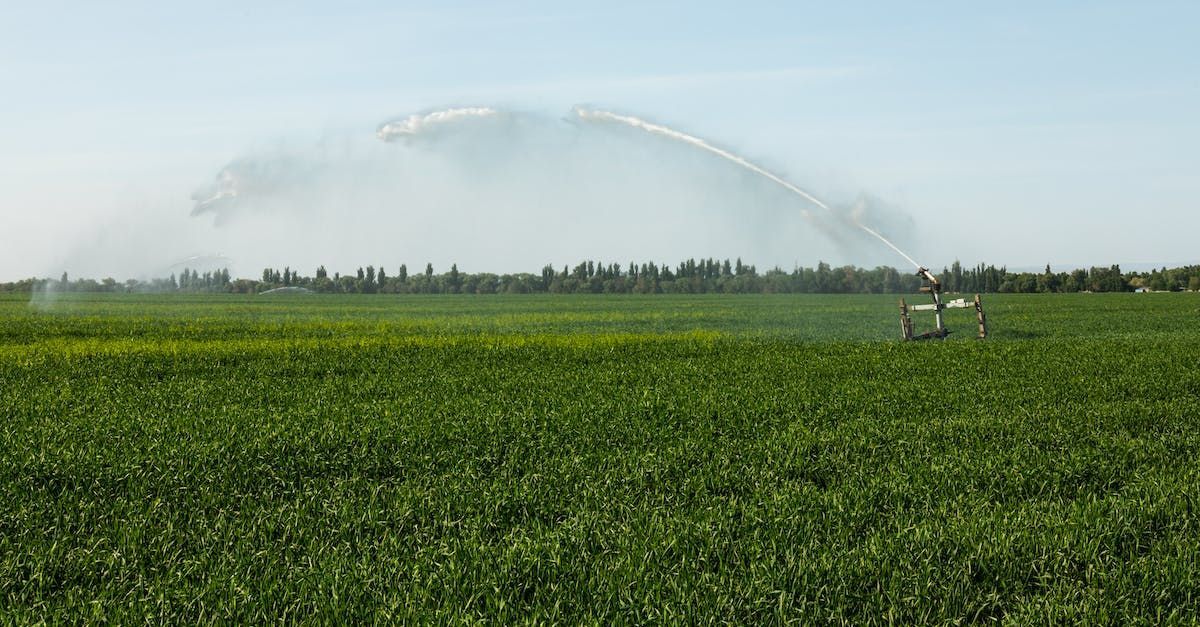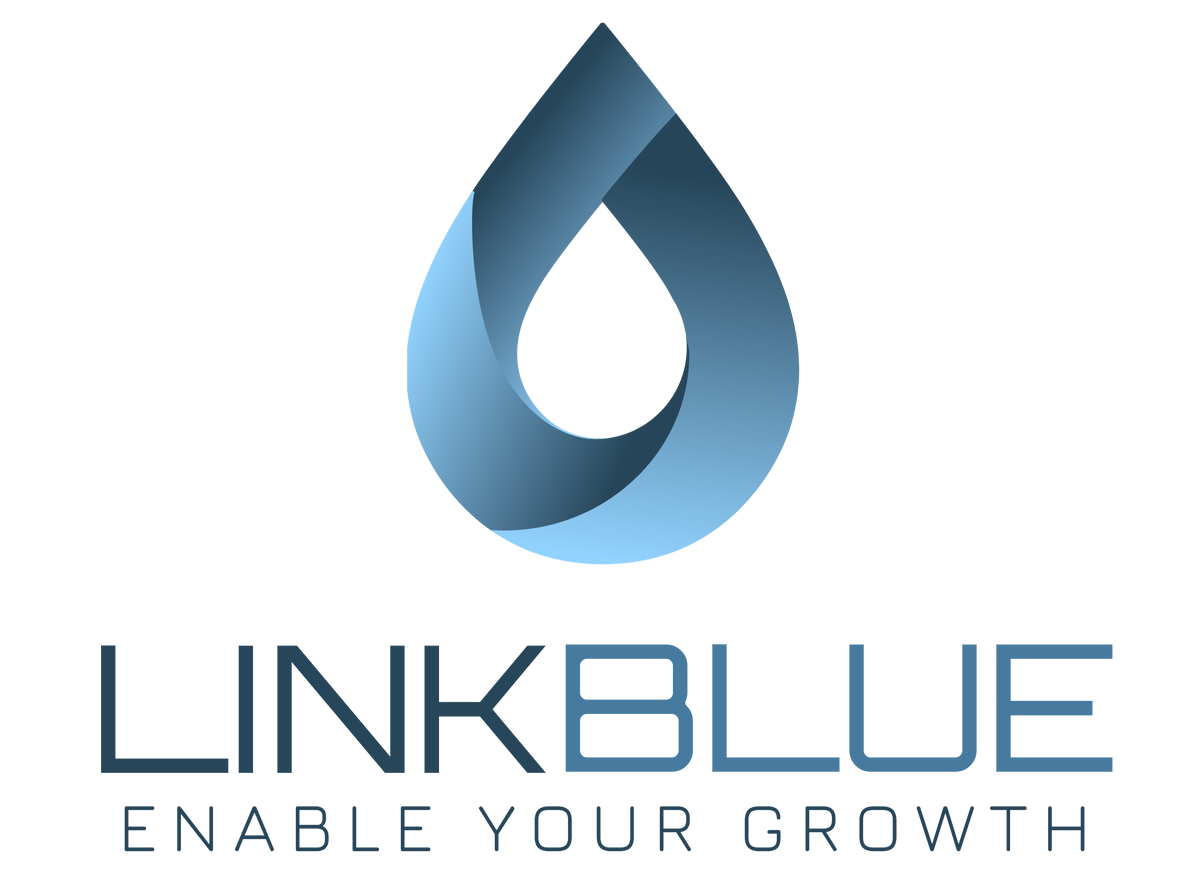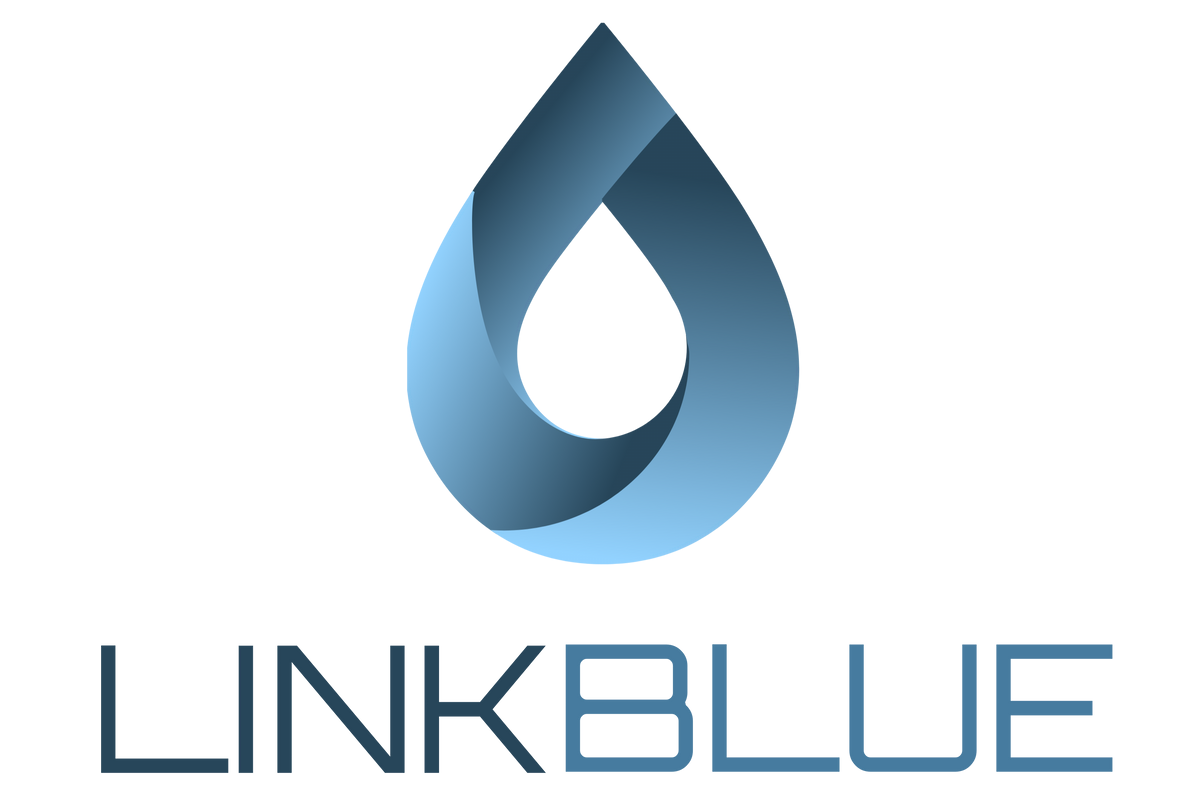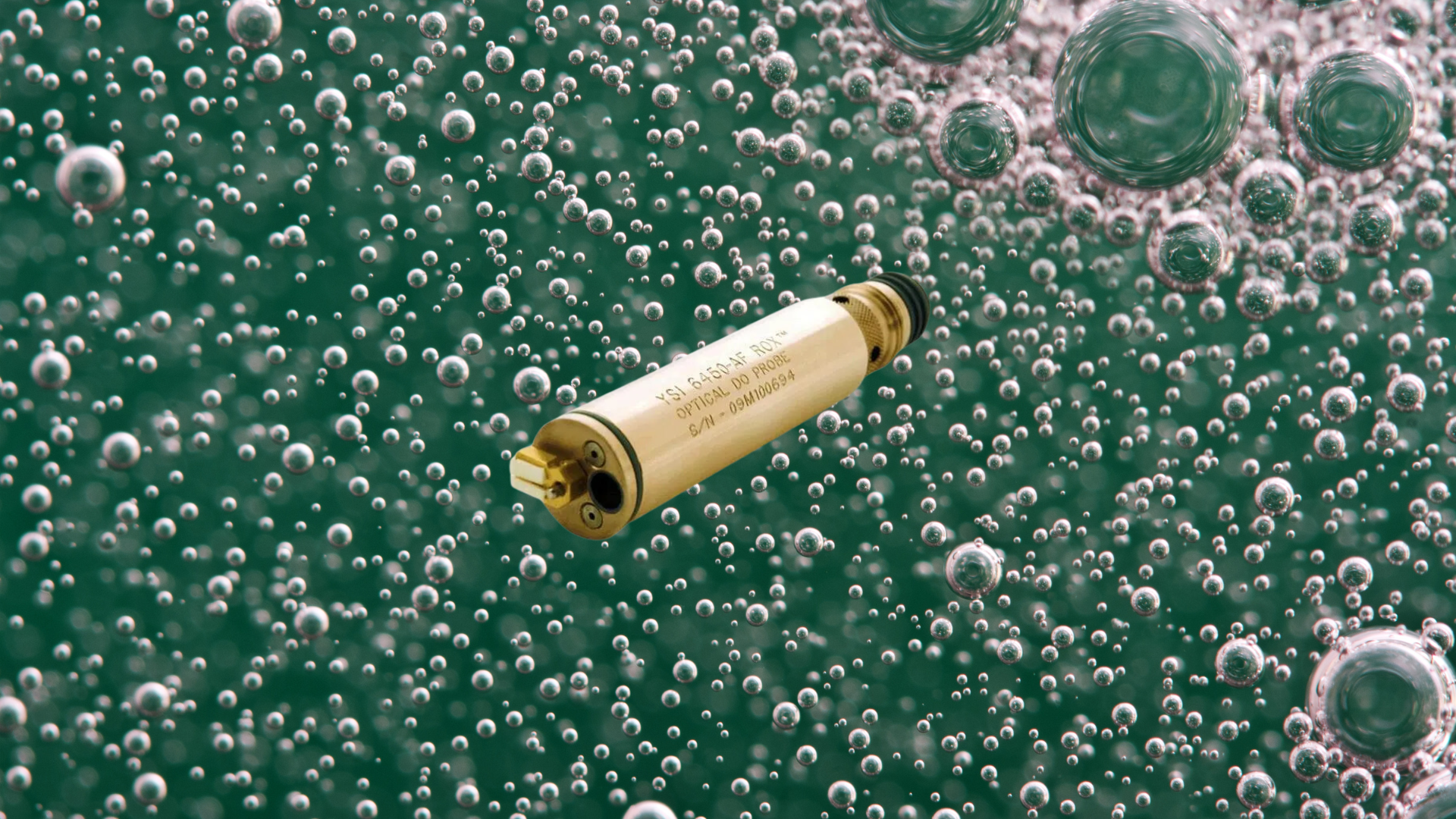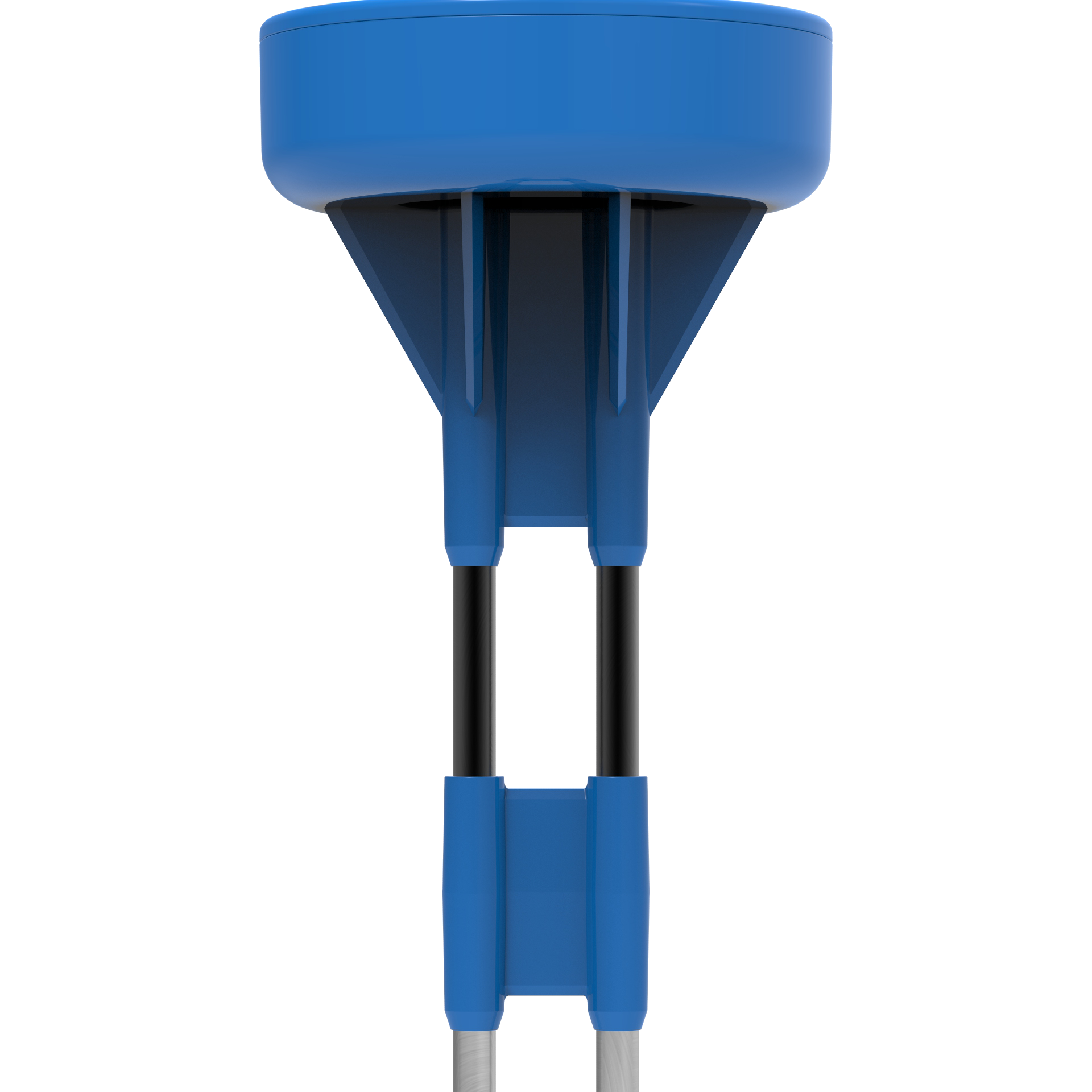Exploring LPWA Networks: Transforming Irrigation with IoT
Low Power Wide Area (LPWA) networks, like LoRaWAN and NB-IoT, have transformed the irrigation industry through their long-range, low-power connectivity for IoT devices. These networks enable real-time monitoring, remote control, and data analytics, empowering farmers to optimize irrigation practices. In this blog, we will uncover the benefits of LPWA networks and their crucial role in advancing irrigation systems.
Understanding LPWA Networks:
LPWA networks are a category of wireless communication technologies designed to enable long-range and low-power connectivity for IoT devices. Unlike traditional cellular networks that prioritize high data rates and low latency, LPWA networks prioritize power efficiency and long-range connectivity, making them ideal for applications where devices need to operate on battery power for extended periods without frequent recharging.
Key Features and Benefits:
- Wide Coverage: LPWA networks, such as LoRaWAN and NB-IoT, can provide coverage over vast areas, including remote and rural regions. This capability is crucial for irrigation systems deployed in expansive agricultural fields or remote areas where other connectivity options may be limited.
- Energy Efficiency: LPWA networks are specifically engineered to minimize power consumption, allowing IoT devices to operate for years on a single battery charge. This efficiency is invaluable in irrigation applications where devices need to function autonomously for extended periods, reducing maintenance and operational costs.
- Cost-Effectiveness: Implementing LPWA networks like LoRaWAN and NB-IoT for irrigation systems can be cost-effective compared to alternatives like cellular networks or proprietary solutions. LPWA technology offers lower infrastructure costs, reduced device complexity, and more affordable connectivity options, making it an attractive choice for both large-scale and small-scale irrigation operations.
- Scalability and Flexibility: LPWA networks are highly scalable, capable of supporting a large number of IoT devices simultaneously. This scalability allows irrigation systems to grow and adapt to changing needs without compromising performance. Additionally, LPWA networks can be deployed in diverse environments, including underground or harsh outdoor conditions, ensuring seamless connectivity for irrigation devices regardless of their location.
Usefulness for Irrigation:
- Real-time Monitoring: LPWA networks, such as LoRaWAN and NB-IoT, enable real-time monitoring of irrigation systems by connecting various sensors, such as soil moisture sensors, weather stations, and flow meters. This data allows farmers and irrigation managers to gain valuable insights into soil conditions, weather patterns, and water usage, facilitating informed decision-making for optimized irrigation practices.
- Remote Control and Automation: LPWA networks enable remote control and automation of irrigation systems. By integrating IoT devices with LPWA connectivity, farmers can remotely manage and control irrigation schedules, water flow rates, and valve operations. This level of control not only saves time and effort but also ensures precise and efficient water distribution, leading to better crop yields and water conservation.
- Data Analytics and Predictive Insights: LPWA networks, combined with cloud-based platforms and analytics tools, facilitate data collection, analysis, and visualization. By leveraging this data, farmers can gain valuable insights into historical trends, crop performance, and water consumption patterns. These insights empower them to optimize irrigation strategies, detect anomalies, and even predict potential issues, thereby enhancing overall crop health and reducing resource waste.
